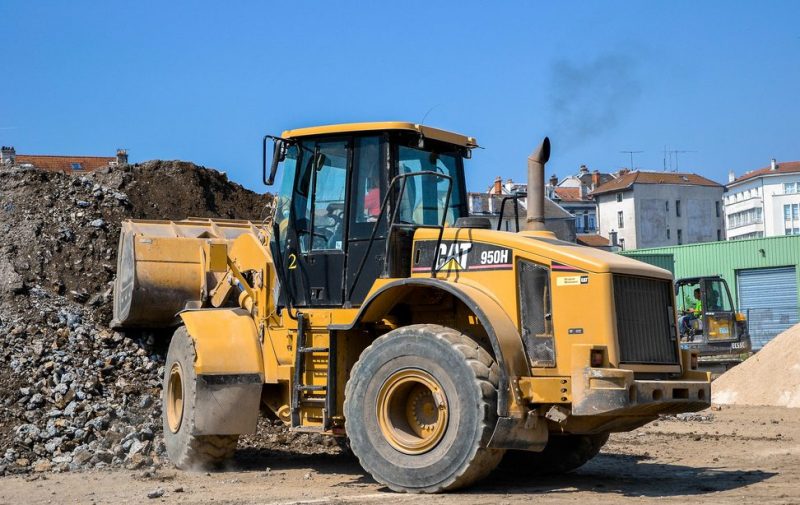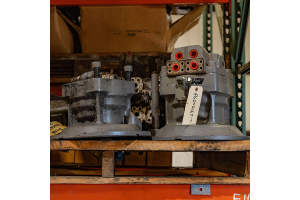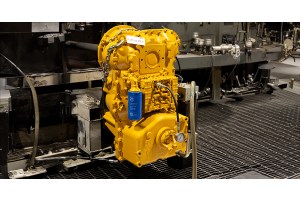
When it comes to wheel loader productivity there are two main players, the wheel loader and the truck operator. The ability of the operators to work together will determine what type of cycle times they can achieve.
As simple as it might seem, if either operator doesn't effectively position their machine, productively will suffer. The shorter the distance between the wheel loader and truck, the better cycle time that can be achieved. As the pile is reduced, it is up to the loader operator to adjust to maximize the cycle times.
Various studies indicate the truck should be positioned about 65 feet from the stockpile so the wheel loader can operate in a ‘Y' loading cycle between the truck and the pile. This distance reduces the chance of collision while allows for better fuel economy and good cycle times. The trucks can also be backed into the pile. In this case, the truck should be backed in as close to the pile as possible.
Other factors come into play including other machines in operation near the load site, climate, and most importantly safety considerations.
Two important factors when sizing a loader to a truck is dump height and bucket size. Construction owners need to either select a truck to fit the machine or for a loader to fit the haul trucks. If you are in the market for either, manufacturers have charts to help get your company set up with the right equipment. When deciding on a wheel loader, the bucket size and material density will determine how big it needs to be.
To calculate bucket size, divide the volume required per cycle by the bucket fill factor. A high fill factor means more material can be moved per cycle. The type of material, bucket shape, and rollback angle are all factors.
After you calculate how much material needs to be moved, select a loader with more capacity than what is needed. Ballasting by using excessive counterweights indicates the loader is not right for the job. Running a machine above capacity will also reduce the life of the machine, adversely effect fuel efficiency, and can make the machine less stable.
If added weight is needed, industry experts advise using Calcium Chloride in the tires rather than adding counterweights. This keeps excess weight off the front and rear axles.
A method of ballasting where liquid is added to the tires is a good way to provide additional traction in poor operating conditions and also to add stability. The liquid can then be drained to return the machine back to the original weight.
It is important to keep the load floor in front of the pile clear and level to reduce wear on tires and to maintain consistent load cycle time. Operating on an uneven surface will toss the operator around in the cab and also causes load spillage. When waiting for a haul truck the loader operator should stay busy preparing for the next truck.
Newer machines have amazing technology to help productivity but the technology is only valuable if the operator uses it. It's human nature to just keep doing what feels comfortable, but getting your veteran drivers to try new features on their machines can go a long way in improving performance. One such technology is the return to dig and return to carry feature. This reduces fatigue and can have a positive effect on production and cycle times.
When it comes to productivity, operator comfort goes a long way. Working in hot or cold conditions, or on a seat that leaves an operator sore, will definitely reduce the amount of work that can get done. Make sure your operator is comfortable in his loader.









